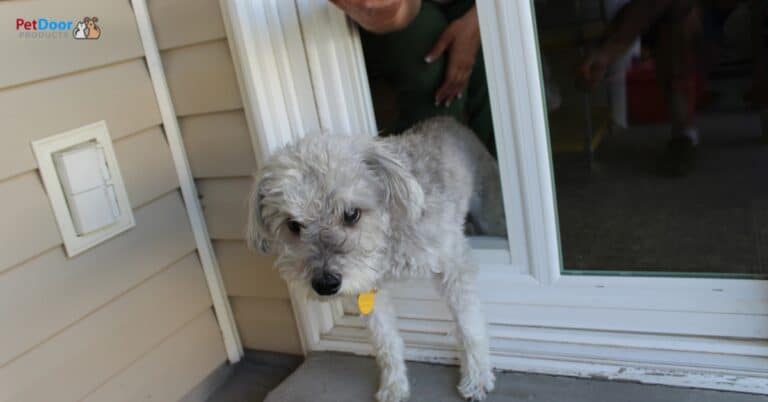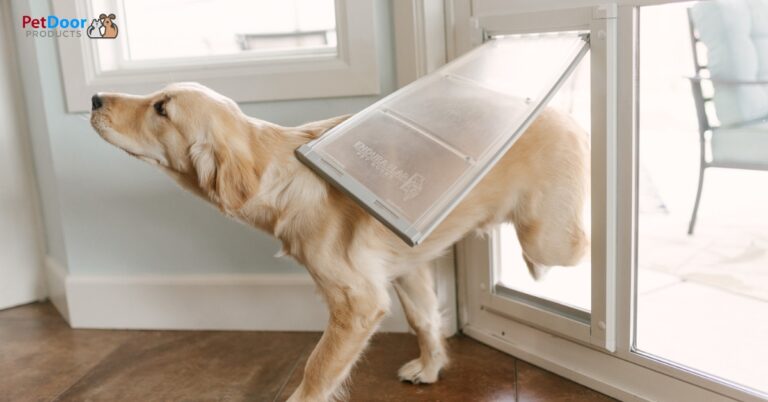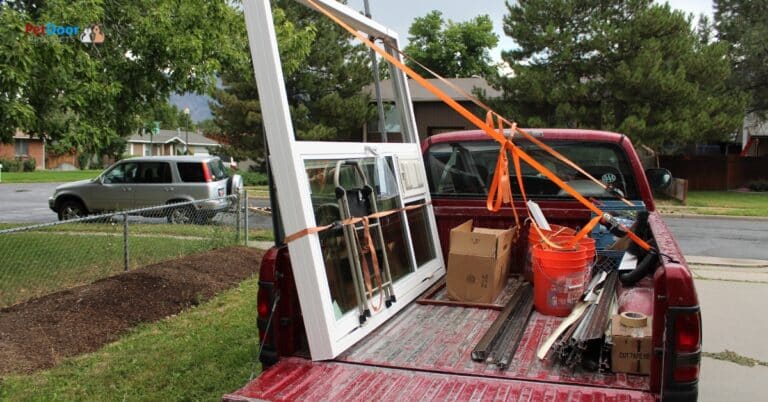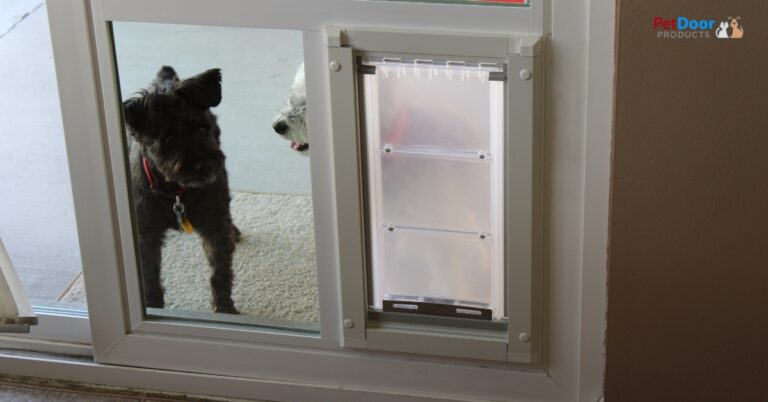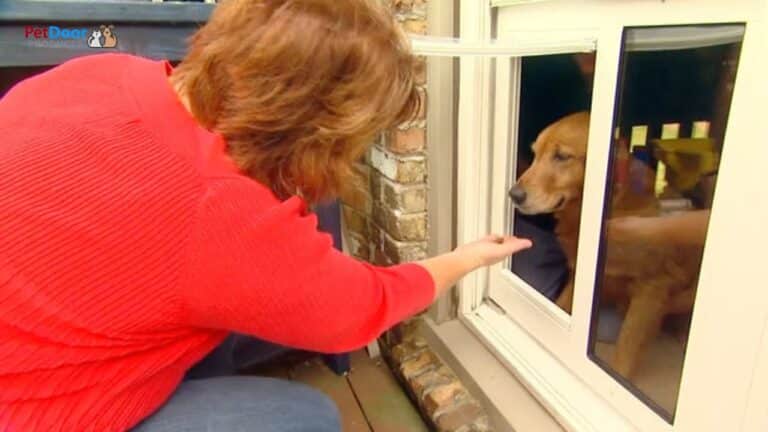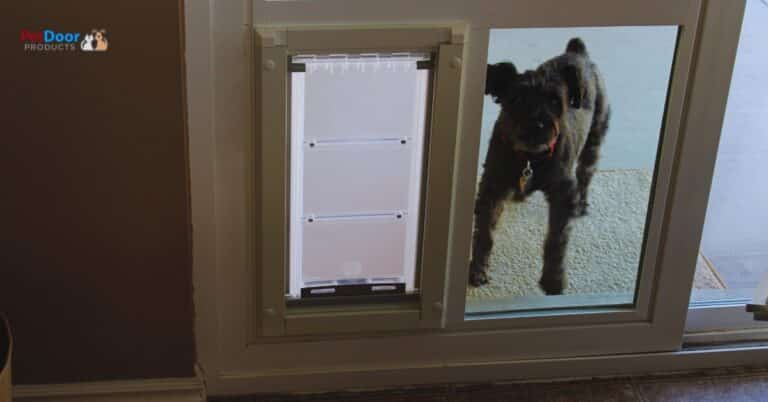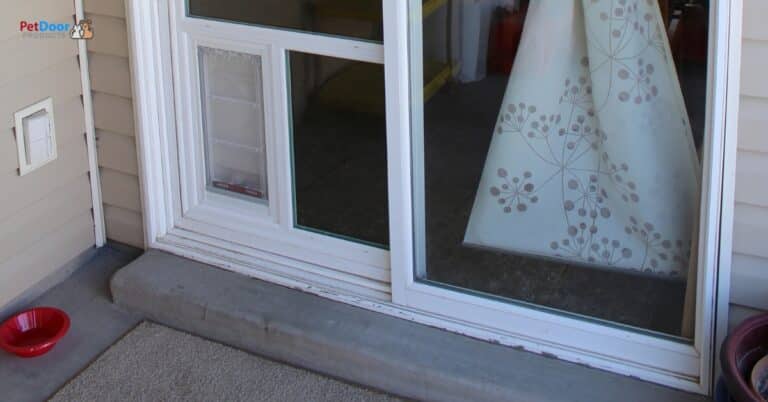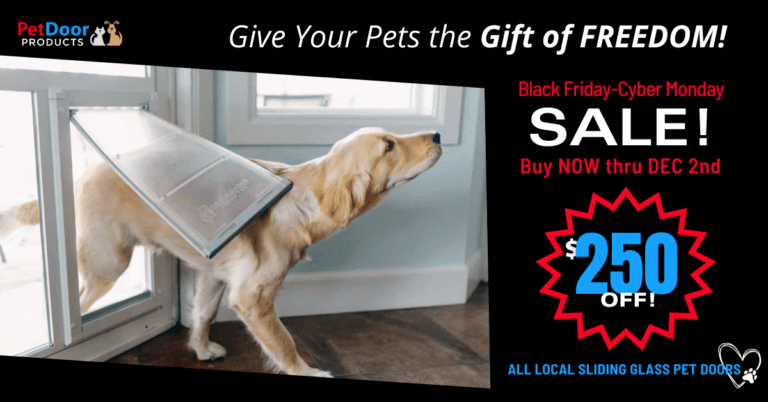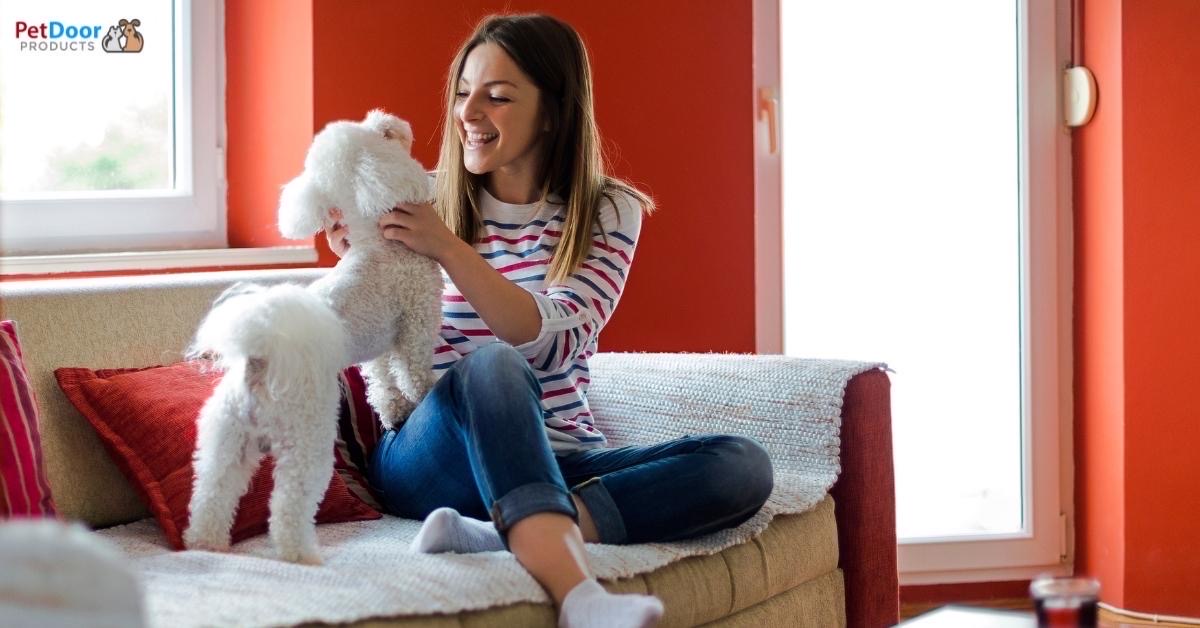
Using Positive Reinforcement To Train Your Dog

Positive reinforcement is a powerful tool for your dog training. It can also be used as a means of increasing desirable behaviors and decreasing undesirable ones. Let’s look at how you can use positive reinforcement to train your dog. This blog post will discuss some tried-and-true techniques that you can use today!
Using Positive Reinforcement Dog Training
Motivating your pet with rewards is a simple approach to dog training, but it still requires applying a few basic principles to make it effective:
- Make sure your timing is right when giving rewards.
- Keep your verbal directives short and simple.
- Shape behavior vs. expecting immediate results.
- Slowly phase out rewards after behaviors are learned.
Make sure your timing is right when giving rewards.
Effective timing is essential when employing positive reinforcement puppy training. You need to give the reward within no more than a few seconds of the moment that your dog performs the desired behavior. If you wait longer, your dog is less likely to associate the treat with the behavior for which he is being rewarded.
Keep your verbal directives short and simple.
Dogs do not understand long verbal explanations. They learn primarily from humans’ body language and vocal tones. Make all your verbal cues short and simple. Use just one-word cues for dog training, for example:
- Come
- Sit
- Stay
- Down (lie down)
- Up (stand up)
- Off (get off of a person, a sofa, etc.)
- No (stop what you are doing)
- Heel (stay beside me)
- Leave it (do not pick up an object)
- Give it (trade me what’s in your mouth for a reward)
- Watch (keep your eyes on me)
Consistency is essential. Everyone in your family should use the same verbal cues and rewards to help train your dog and avoid confusing them. If needed, post a list of cues for everyone to learn and use.
Shape behavior vs. expecting immediate results.
Your dog may learn some desired training responses very quickly. But, expect it to take some time for your pet to develop a habit of some other behaviors you’re teaching. A positive reinforcement dog training strategy called “shaping” works well if you find your dog is not quite getting the hang of some actions. The idea of shaping is to give a reward for behavior that is somewhat close to the response you want and gradually require your dog to get a little closer and closer to receive the reward.
For example, many dogs can learn lots of tricks but have difficulty learning to heel. If you’re teaching your dog to heel, you might start by rewarding him for walking slightly in front of you, then more directly beside you, then for achieving the ultimate goal of walking with his neck roughly aligned with your hip.
Be sure to combine the food reward with the verbal reward, praising your dog each time. For example, when you give a treat or toy, enthusiastically say “good dog” or some other expression of approval.
Slowly phase out rewards after behaviors are learned.
Reward your dog each time they demonstrate the new behavior you’re teaching. In the early stages of dog training, give a reward each time. Then, reduce the reward frequency slightly, perhaps to 4 of every five times your dog does the desired behavior, and eventually 3 of 5 times.
Vary which of the times you give the reward, so your dog will quickly learn that he will get consistent praise and sometimes another type of reward if he continues to respond correctly.
Continue to reduce the frequency until you reward your dog just a few times per month, for example. Finally, you can phase out rewards entirely. However, be careful not to cut back on the number of rewards too quickly because your dog may become confused, frustrated, or sad.
Even after your dog has habituated the desired behavior, continue to praise him every time for a while longer. Become less excited in your tone and eventually just say nothing. Still, a pat on the head or a gentle “good boy” for the trained behavior from time to time indefinitely can help reinforce memory and enthusiasm in your pet and acknowledge the good dog you have.
NOTE: You may be concerned that dog training with food rewards may encourage your pet to beg for food continuously. However, your dog can distinguish between being fed meals, getting handouts of bits from the family dinner table, and being rewarded with snack bits for doing well during training.
Give Your Dog and Yourself the World’s Best Pet Door!
Pet Door Products in Utah manufactures state-of-the-art pet doors designed to install directly into the panel of your sliding glass door. The weather-tight door seal is highly energy efficient. A security panel simply slides to close the opening when you want your dog to stay in or out.
Our unique top-quality pet doors are available in a variety of sizes, and in a cat door model too. Giving your pet his/her own doggie door gives your pet and your new freedom. Call Pet Door Products at (801) 973-8000 or contact us online for information about our pet doors for sliding glass doors, and ask about DIY or professional installation.
- The Best Dog Door Sliding Door Option in the United States that Solves Your Pet’s Outdoor Access Dilemma - September 15, 2023
- Revamp Your Home this Summer: Incorporate a Dog Door into Your Sliding Glass Door - September 4, 2023
- July Special: Avoid the Middleman Markup with Custom Built Glass Door Doggie Doors - July 24, 2023

